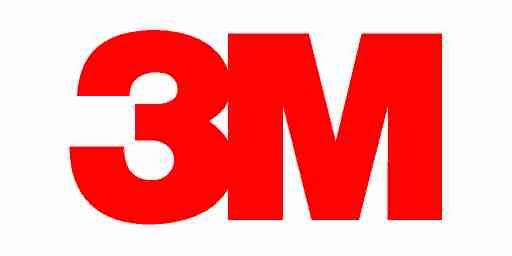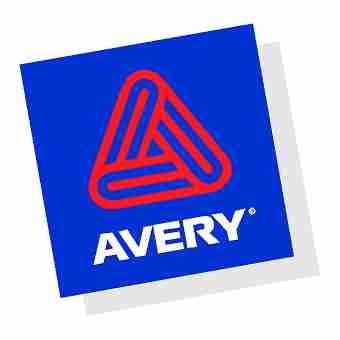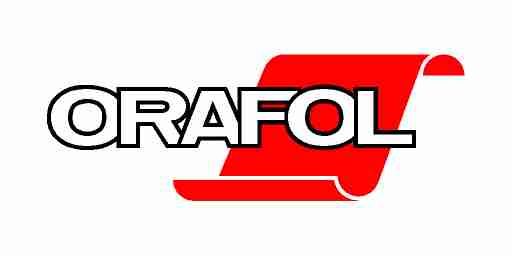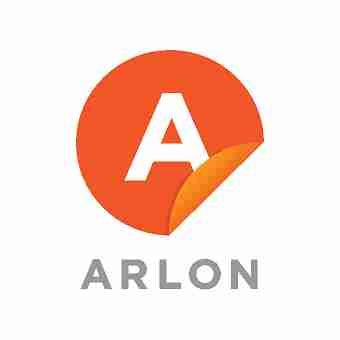Preflight Preparation
Preflight preparation is the process of collecting, updating and sending files or applications to a printer for production. Preflight preparation uncovers missing data or fonts, misplaced illustrations, trapping errors, incorrect sizing and other important details. The first thing to include is the primary document, whether in PageMaker, QuarkXPress or Photoshop. Check with your printer to ensure they have the current version of the software you're using. If there are compatibility problems, you may need to submit a PostScript file or PDF for output.
Be sure to include all fonts with the documents you submit. The printer may not have a specified font, so include the screen and printer fonts, in addition to bold, italic and other versions. Include additional font dingbats or end-marks as well. Most printers use Type 1 fonts or TrueType fonts; ask which is preferred before submitting your files. Type 1 and TrueType fonts use different kerning and spacing methods. Using the wrong version can damage the text flow and layout.
Include hardcopies of the illustrations, images and photographs with the application file. Use EPS or TIFF images and change RGB colors to CMYK. Label each graphic and make sure all files are uncompressed. GIF images have low resolution and RGB format is not used in color printing. Avoid using GIF, JPG, WMF, BMP and PICT formats in files sent to your printer.
CMYK: a four-color process using a percentage value of the colors cyan, magenta, yellow and black.
RGB: a three-color process using values of the additive colors red, green and blue, producing visible light.
SPOT: a one-color process using percentages of full color and the tinting, screening or shading of additive colors.
Ask what formats and files are preferred by your printer. Standard floppy (3.5 inch) disks are generally used for small or compressed files. ZIP disks, CD-ROMs, Bernoulli cartridges or Magneto-Optical disks are used for large files and graphics. Sending files via the Internet as e-mail attachments is another alternative. Compressing the files first will speed up the transmission.
Include a hardcopy of each file to eliminate the problem of missing graphics, illustrations or text information. Send the document at 100% of the printed size or include the percentage size. Include a list of the fonts and files on each disk or cartridge. Put together a mock-up of how the document will be printed and bound as a sample. On the disk, include a label with your name, address and phone number.




